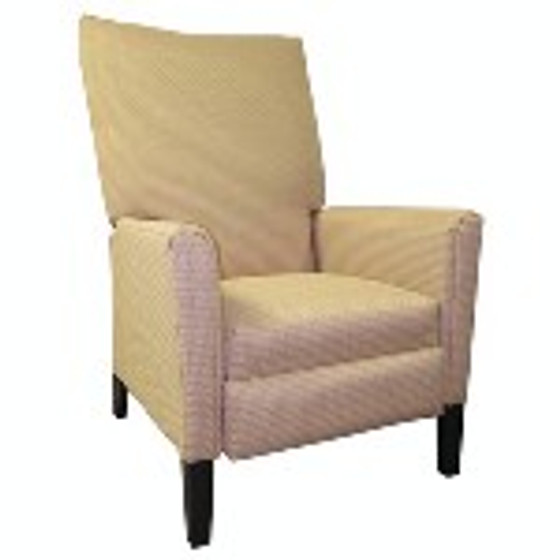
- MFR:
- 87SR-0410
- Medex SKU:
- WRI-87SR-0410
- Packing Info:
- 1/Each
- Usually Ships:
- 3 - 5 Business Days
- Freight Quote Button:
- False
Description
Predictable Bone Regeneration
-
- Stronger New Bone*
- Faster, Denser Bone Regeneration*
- Remodel to Normal Bone*
*All claims based on a critically sized canine proximal humerus defect model. It is unknown how results from the canine model compare with clinical results in humans. Data on file at Wright.
PRO-DENSE™ Graft is a synthetic biomaterial. Combining calcium sulfate with calcium phosphate, has result?ed in a composite graft that is delivering where other materials may fall short.
??
PRO-DENSE™ Graft has a triphasic resorption profile that provides an ideal environment? for the direct deposition of bone resulting in a slow-resorbing matrix that supports healing across the defect.?†
†Growth factor binding based on in vitro data of BMP-2 and VEGF. Data on file.?
Faster than Autograft*
The accelerated rate of healing of the PRO-DENSE™ graft treated defects compared to those treated with autograft is principally evident by the higher density bone (i.e., 170% average increase in area fraction of new bone compared to autograft at 13 weeks) and superior average mechanical properties at 13 weeks.
Denser than Autograft*
Histomorphometry reveals that the amount of newly regenerated bone of the PRO-DENSE™ injectable graft treated defects at 13 weeks demonstrated a statistically significant 170% average increase in new bone formation versus defects treated with autograft. PRO-DENSE™ injectable graft new bone area fraction is on average 170% denser than autograft at 13 weeks.
Stronger than Autograft*
The newly regenerated bone in the PRO-DENSE™ injectable graft treated defects exhibited a 645% average increase in compressive strength at 13 weeks versus defects treated with autograft.
Intra-operative strength
Approximately 40MPa initial compressive strength (at 2 hours, wet conditions)* Reliable/consistent resorption 50% slower than pure calcium sulfate
*All claims are based on a critically sized canine proximal humerus defect model. It is unknown how results from the canine model compare with clinical results in humans.
Composite Makeup
75% CaSO4
- Primary osteoconductive filler
- Resorbs first primarily through simple dissolution to allow early vascular infiltration
- Osteoclastic resorption
- Secondary porous scaffold that is resorbed after primary filler
- TCP granules are resorbed in the third and final phase







